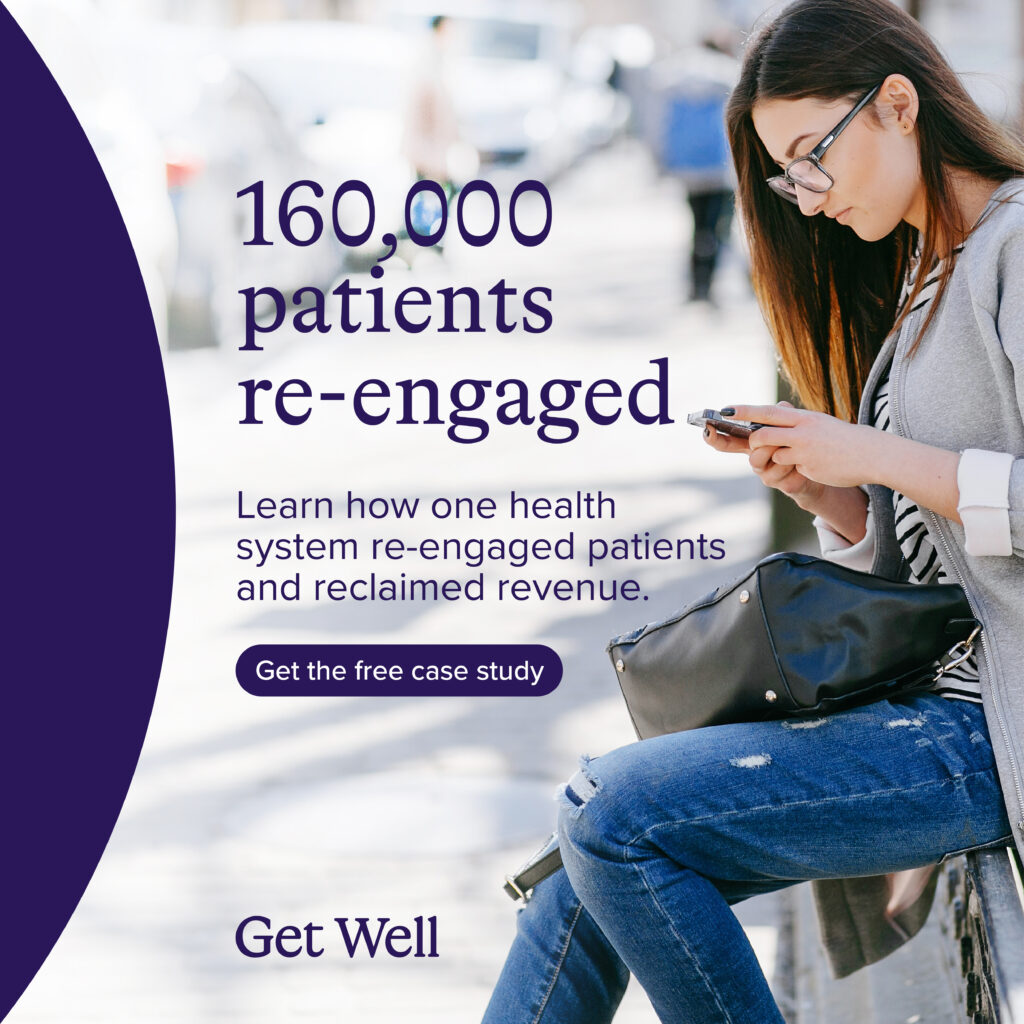Meet healthcare consumer expectations
Today’s consumers often have extraordinarily high expectations. And every industry, from airlines to hotels to banks and more, is clamoring to meet those expectations. But when it comes to healthcare, the typical person faces friction at every turn in the experience.
Finding a care provider, scheduling an appointment, waiting to see a doctor, paying for care, and navigating every touchpoint in between can be fraught with challenges for the consumer. Healthcare consumers are growing impatient with the hurdles they must scale to receive care. More than 80% of consumers are unsatisfied with their healthcare experience.
Importance of retaining existing patients and growing new volume
Decreased revenue from delayed procedures and appointments and rising costs are negatively impacting providers, large and small:
- $323B lost in 2020 due to elective procedure restrictions and deferred care
- 33% of hospitals are operating on negative margins due to growing expenses
- 96% of healthcare executives say patient leakage is a priority, but only 31% believe they have the right tools to address it
- 5% increase in loyalty leads to 25% increase in profitability
Address retention through digital technology
Most healthcare executives recognize that retention is a high priority. However, few have the view they need into leakage issues. With a burgeoning problem but murky insights, healthcare organizations are challenged to develop effective retention strategies.
Get Well’s Retention and Growth program drives engagement, loyalty, and improved outcomes by combining automated outreach at scale with human intervention.
Get Well helps organizations generate in-year revenue, grow market share and share of wallet, optimize use of resources and capacity, and improve staff efficiency, with tech-enabled support, at scale.

5x
Return on investment
25%
Improvement in patient retention
24%
Lower 30-day ED visit for patients
Case study
Challenge and objective
COVID-19 left care teams understaffed, stressed, and burned out as patients’ expectations for their service, communication, and care continued to increase. Adventist Health recognized the need to implement a digital-first engagement strategy that would lift the burden off their care teams and meet the expectations of patients for a high-tech, personalized experience held by many patients. The program had the following objectives:
- Engage patients not participating in their healthcare journeys
- Navigate patients to in-network providers and schedule them for routine wellness visits
- Extend existing care teams and allow for seamless escalation to care navigators for scheduling support
Solution
Adventist Health partnered with Get Well to design a digital-first patient outreach service targeting adults who had not completed a wellness visit in the past 18-24 months to help increase volume and revenue.
A combination of strategic AI-SMS outreach, real-time appointment access, and bi-lingual community navigator support was used to re-engage and schedule inactive patients for their annual wellness visits.
Meaningful outcomes
Within 12 months…
488k+
Inactive patients engaged
94.9%
Inactive patients received SMS outreach
220k
Wellness and follow-up visits scheduled
$79.9M
Reclaimed revenue
Recommended resources
Access our full Resource Library.

Engaging inactive patients through personalized outreach
Learn how Adventist Health partnered with Get Well to design a digital-first patient outreach program.

Reimagining the consumer experience with Adventist Health
Listen as Adventist Health discusses its partnership with Get Well to leverage digital engagement technology to re-engage, retain, and convert patients.

Putting the patient first in digital care management
Learn how Froedtert & the Medical College of Wisconsin used GetWell Loop to standardize treatment protocols, scale care teams, and improve the overall quality of care.

